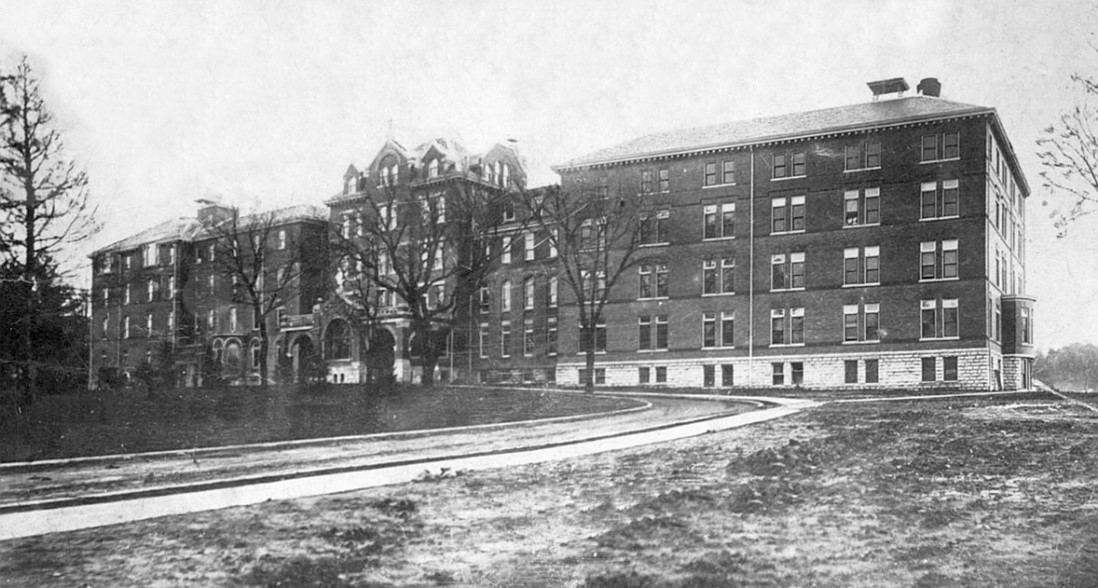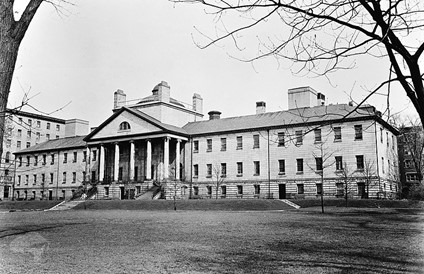The ketogenic diet is enjoying a period of immense popularity, both within the medical community and among the general public. Its benefits have been shown in epilepsy and are being explored in diabetes, cancer and Alzheimer’s disease. It has received celebrity endorsements and there has been an explosion of “keto” products on the market. But this is not the first time that the ketogenic diet is trendy.
Table of Contents
How was the ketogenic diet discovered?
In the early 1900s, some doctors used fasting to control seizures. But fasting only worked to reduce seizures during the time a person could go without food. A pioneering endocrinologist at the Mayo Clinic in Rochester, Minnesota, then wondered if the same benefits could be achieved by using a high-fat diet that caused ketosis in the same way as fasting. Ketosis occurs when the body does not have easily available sugar (glucose) and instead metabolizes fats into ketone bodies for energy.
And it turned out that the ketogenic diet worked. Pediatricians at Mayo Clinic, Harvard University, and Johns Hopkins Hospital began using the ketogenic diet to treat children and adults with epilepsy with promising results.
Hospitals that played a role in the history of the ketogenic diet (all images are in the public domain):
The Mayo Clinic (Hospital de Santa Maria) (1910)

Massachusetts General Hospital (1941)

So why did the ketogenic diet fall into disfavor?
The usual story is that doctors lost interest in the ketogenic diet due to the discovery of drugs to prevent seizures, starting with phenytoin in 1938 and valproic acid in 1967. Why would anyone want to follow a strict diet when could i just take a pill? ? But when my co-authors, Drs. Pinto and Bergin (Harvard), Dr. Kossoff (Hopkins) and Dr. Nickels (Mayo Clinic) and I started looking in the scientific literature, we realized that there could be another more complicated explanation.
It turns out that many of the early researchers in the ketogenic diet in the 1920s did not collaborate and did not guide younger colleagues in the use of the diet. They tended to publish articles as sole authors and did not refer to the work of others among institutions. One doctor published more than ten articles on the ketogenic diet, but did not publish any with a co-author.
When doctors who discovered the ketogenic diet withdrew, died, or began researching other topic, there were no other doctors trained to administer the diet who could do so. is charged. In addition to the increase in seizure medications, the lack of collaboration and tutoring we believe probably contributed to the loss of interest in the ketogenic diet worldwide by neurologists and hospitals. All of this happened in the early 1940s, before many of the new anticonvulsant drugs became available.
How did the ketogenic diet return?
Even during the “dark ages” of the ketogenic diet, doctors at Johns Hopkins Hospital still used it to treat a small number of patients each year. But he needed the efforts of a highly motivated family to put the ketogenic diet back in focus. Jim Abrahams, a prominent film producer, had a son, Charlie, who suffered from severe epilepsy. While researching the treatments, he came across a book written by the Hopkins team, which inspired him to look for the ketogenic diet as a treatment for Charlie.
After starting the ketogenic diet, Charlie never had another seizure and was finally able to stop all of his seizure medications. The Abrahams family later founded the Charlie Foundation in 1994 to raise awareness about the ketogenic diet as a treatment for epilepsy. The Charlie Foundation and other charities such as Matthew’s Friends have helped fund collaborative research, group training, multicenter studies, and international meetings.
What can we learn from the rise, fall, and rebirth of the ketogenic diet?
The use of the ketogenic diet has expanded dramatically since the 1990s. But this time doctors, researchers and patients and families are working together. Researchers are coordinating studies at many different hospitals and universities. Young doctors, like me, are being trained on how and why to administer the ketogenic diet. Patients and families are sharing knowledge and experiences through online groups and foundations.
Collaboration and mentoring are key to ensuring that the ketogenic diet does not disappear again. These efforts also lead to discoveries about how the ketogenic diet can help people with a variety of different neurological conditions.
As we approach the 100th anniversary of the creation of the ketogenic diet this year, I hope that the ketogenic diet community will continue to work together to raise awareness, fund research, and bring together the best minds to fight for the health of children with epilepsy. .
Citation
Catenaccio E, Bergin AM, Pinto ALR, Nickels K, Kossoff EH. The Role of Mentorship and Collaboration in the Fall and Rebirth of the Ketogenic Diet. Pediatr Neurol. 2021 Jun;119:11-14. doi: 10.1016/j.pediatrneurol.2021.02.001. Epub 2021 Mar 4. PMID: 33813330.

Comments are closed.